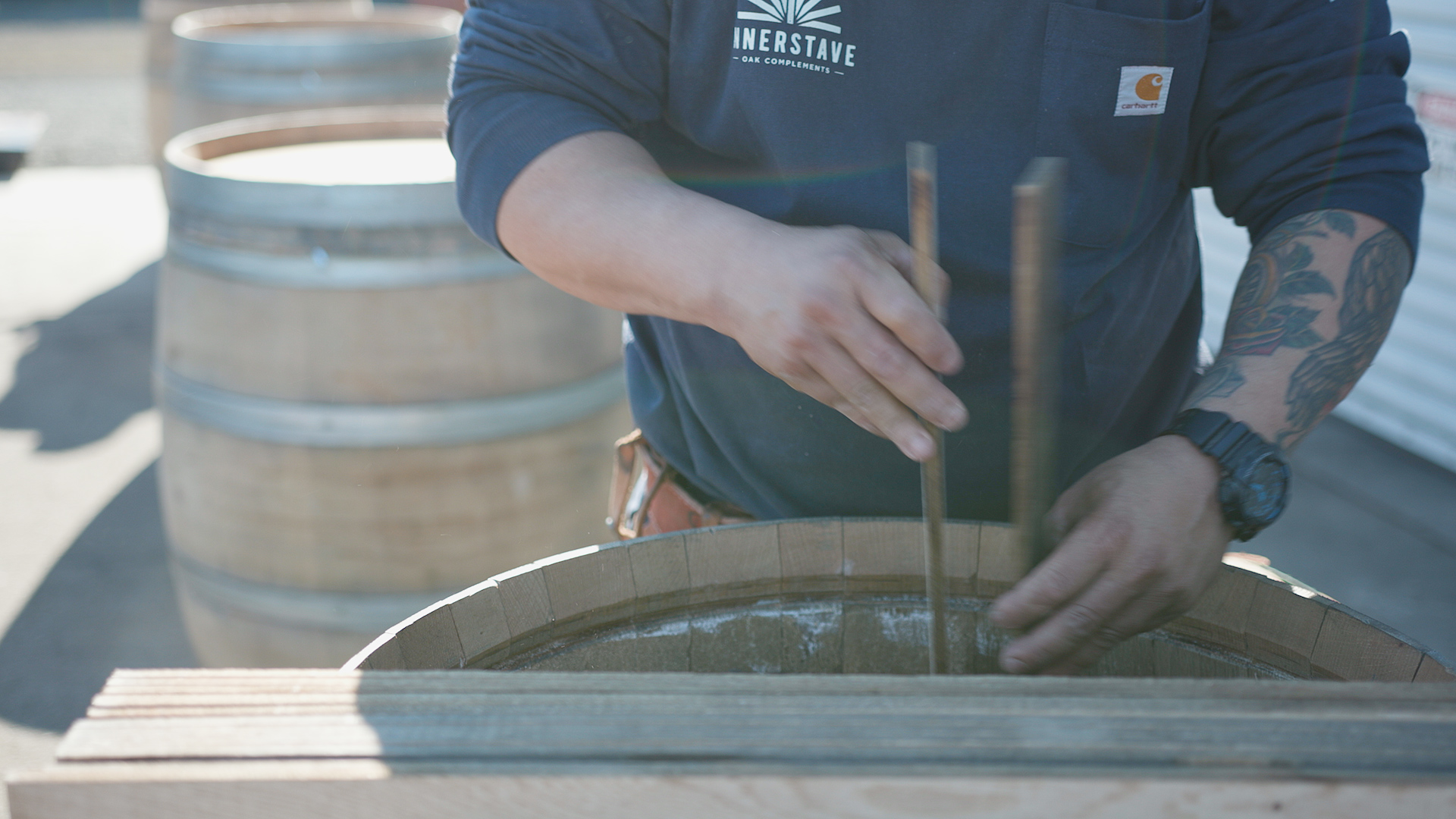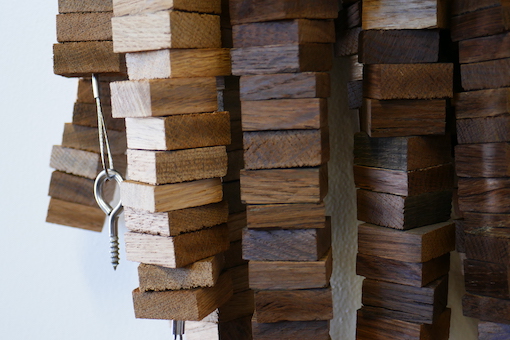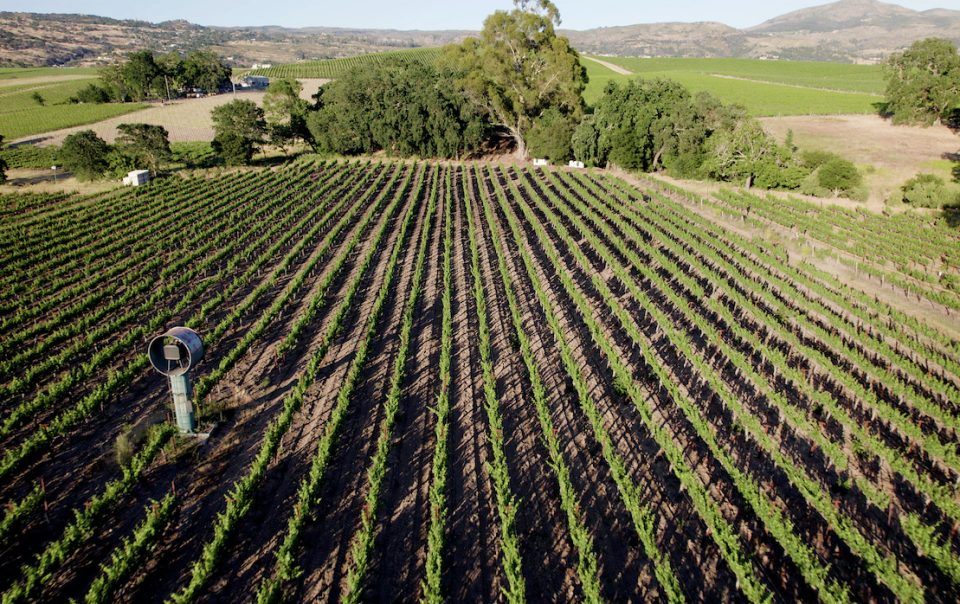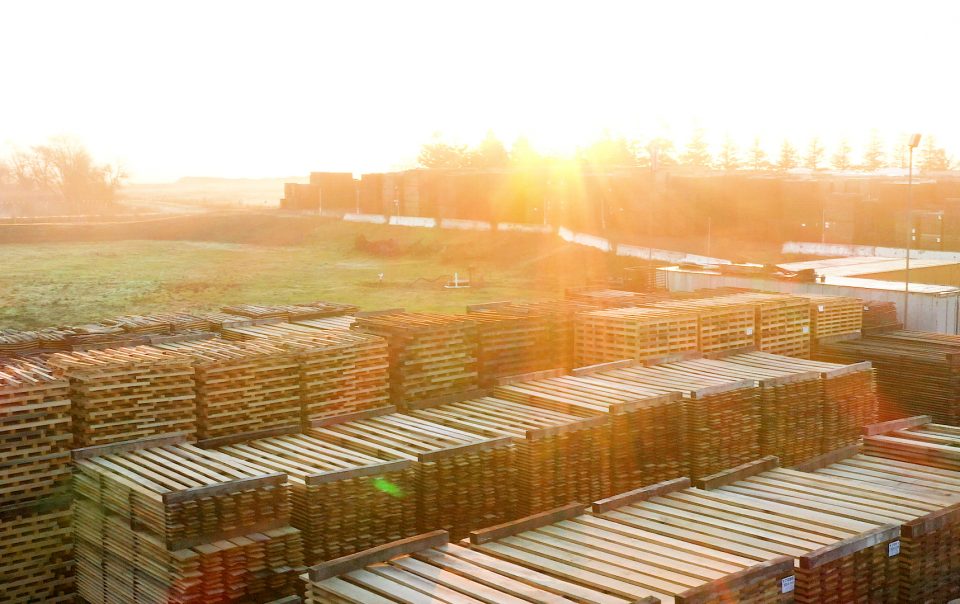it doesn’t have to be all or nothing
Barrels are bad right? Nope… personally, I love barrels, they’re fun to order, they’re pretty, they smell good, they are romantic and are handy when plunging over waterfalls. The have also traditionally been used to help craft some of the finest wines in the world. They are also expensive, difficult to manage, hard to keep clean and fresh, take up a huge footprint, and usually require a whole separate crew to handle. As a Winemaker, I don’t look at the use or non-use of barrels as an all or nothing decision. A hybrid approach may be a more realistic and sensible choice for some wineries.
keeping with “tradition”
A hybrid approach utilizes both barrels and barrel alternatives in the winemaking process. This allows the Winemaker to craft their wines in the more “traditional” manner and satisfy both the quality and cost side of the wine business at the same time.
Barrels, is the juice worth the squeeze?
If you look at the use of barrels strictly from a financial standpoint, it becomes very hard to justify the numbers, especially as your bottle price decreases. For instance, if you were to purchase a nice $1,000 oak barrel and stick 60 gallons of wine in that barrel it would add over $16 per gallon to the cost of your wine. That’s nearly $40 per case of additional cost to your product. Now some of you might make the argument “…well wait a minute, I use that barrel multiple times and depreciate the cost over four years…” I get that, but the point remains the same – barrels add significant costs to your base wine no matter how you choose to account for it. You should really understand this when you’re the one writing the check. Barrel alternatives on the other hand are much friendlier to the bottom line and in many cases are perfectly suited to work in conjunction with barrels in your hybrid approach.
give your older a barrels a new lease on life, with inserts
We all know that the longer a barrel has been used the less you are going to get out of it. Aromas, flavors, textures eventually fade away with use but if maintained properly, the barrel itself remains a valuable storage vessel and nice “oxidative chamber” where wines can be allowed to evolve and mature gracefully. For those winemakers that want to stay in barrels but don’t want to pony up for a fresh batch of new barrels every year there are several options. Barrel inserts where the head is popped off the barrel and an oak stave system is installed inside provides the refreshment of oak flavors at a fraction of what a new barrel might cost you. There are also products that are inserted through the bung of the barrel which provide similar benefits without requiring the removal of the barrel head.
Oak complements give you options
Another approach would be to add the desired oak aromas, flavors, textures in tank with barrel alternatives prior to barreling down utilizing the neutral barrel as a storage/aging vessel only. One could pre-oak red wines and once the oak has extracted nicely and you are happy with the profile, barrel them down to allow the oak to fully integrate while the wine evolves in barrel. A winemaker could also choose to ferment their chardonnay on oak in tank then immediately barrel all, or a portion of it down for ML taking most of the suspended lees for later sur-lie aging and stirring. The oak is already in the wine but the weight and complexity from ML in barrel with sur-lie aging may create a higher quality or simply a more interesting wine or blend component.
utilize a hybrid approach to create complexity
Yet another approach that works well and is the most common is when the Winemaker ferments, ages, and finishes an appropriate portion of their wine program in tank with barrel alternatives and/or micro-oxygenation alongside a barrel program, the size of which more than likely determined by bottle price, then blends the two programs together to hit a specific wine style and target blend cost. This approach works well when quality barrel alternatives as well as quality barrels are used and can create more complex, multi-layered wines.
Acheive the perfect balance, in your bottle and your check book
When faced with the choice of barrels vs. barrel alternatives, a winemaker shouldn’t necessarily look at this as an all or nothing proposition. A hybrid approach to oaking your wines may be the perfect balance between cost, quality, and winemaking tradition and still allow for a few pretty barrels that look and smell good.
-Jason Dodge, Managing Director, Winemaking.




